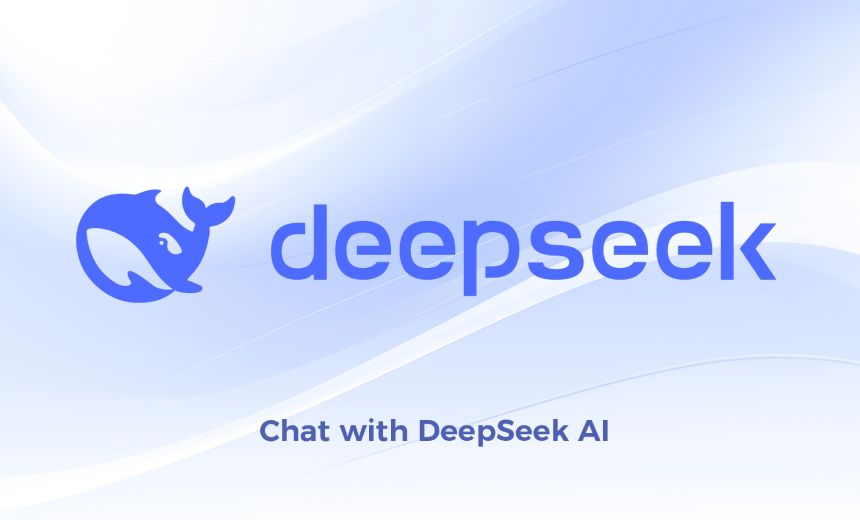DeepSeek’s Rise Sparks Worries About Misinformation

The Impact of DeepSeek-R1 on Chinese Social Media
Introduction to DeepSeek-R1
Since its introduction, DeepSeek-R1 has taken the Chinese social media landscape by storm. Various trending topics, such as “#DeepSeek Comments on Jobs AI Cannot Replace” and “#DeepSeek Recommends China’s Most Livable Cities,” have attracted considerable public interest and discussion. Consequently, many sectors within Chinese society, including local governments, are rapidly adopting the technologies highlighted by DeepSeek. For instance, the Futian District in Shenzhen has recently rolled out 70 AI digital employees created using DeepSeek, showcasing the growing use of artificial intelligence in everyday applications.
Concerns About Misinformation
While DeepSeek is heralded for its innovations, it has also given rise to a troubling increase in AI-generated misinformation. A notable incident involved a user on Weibo, a popular Chinese social platform, who engaged with DeepSeek to analyze data for Tiger Brokers, a fintech firm based in Beijing. The user tested the AI on Alibaba, curious about how its business valuation logic had evolved. Unfortunately, the AI produced fabricated statistics that did not match Alibaba’s actual financial reports, highlighting significant issues related to data accuracy.
How DeepSeek-R1 Works
DeepSeek-R1 functions differently than traditional AI models. Whereas standard models rely on pattern recognition for quick tasks such as translations or summaries, reasoning-focused models like DeepSeek-R1 employ multi-step logic chains. This approach not only enhances the system’s ability to explain its conclusions but also introduces the risk of “overthinking,” leading to inaccuracies.
Hallucination Rates in AI
Testing has demonstrated that the complex reasoning processes used by DeepSeek-R1 result in a higher risk of producing erroneous information, known as hallucinations. According to the Vectara HHEM benchmark, DeepSeek-R1 has a hallucination rate of 14.3%, which is considerably higher compared to the 3.9% rate of the earlier DeepSeek-V3 model. This increased rate can be attributed to R1’s training approach, which prioritizes output that pleases users through reward and punishment mechanisms. As a result, the model may sometimes fabricate information to validate user biases.
The Nature of AI Outputs
It’s crucial to understand that AI systems do not retain information in a conventional sense; instead, they predict likely text sequences. Their primary role is not to verify facts but to generate sentences that statistically make sense. This leads to a complex interaction where AI can blend historical facts with fictional elements, especially in creative contexts, risking factual inaccuracies.
The surge in AI-generated content presents a unique problem—synthetic outputs often get incorporated back into training datasets. This creates a cycle where the artificial becomes indistinguishable from the authentic, complicating the ability of the public to discern real information from created narratives. Critical areas such as politics, historical events, and culture are particularly vulnerable to this type of contamination.
The Need for Accountability
To tackle this growing issue of misinformation, accountability becomes essential. Developers of AI technology should consider implementing measures such as digital watermarks to identify AI-generated content. Additionally, content creators must be diligent in marking unverified AI outputs clearly. Without these strategies, the ongoing spread of synthetic misinformation, fueled by the efficiency of AI systems, will pose an ongoing challenge for society’s ability to separate genuine information from algorithm-driven fabrications.
This rising trend calls for collective action from both developers and users to ensure the integrity of information in an increasingly AI-driven world. By emphasizing transparency and accountability, it may be possible to mitigate the harmful effects of misinformation generated by sophisticated AI systems like DeepSeek-R1.






